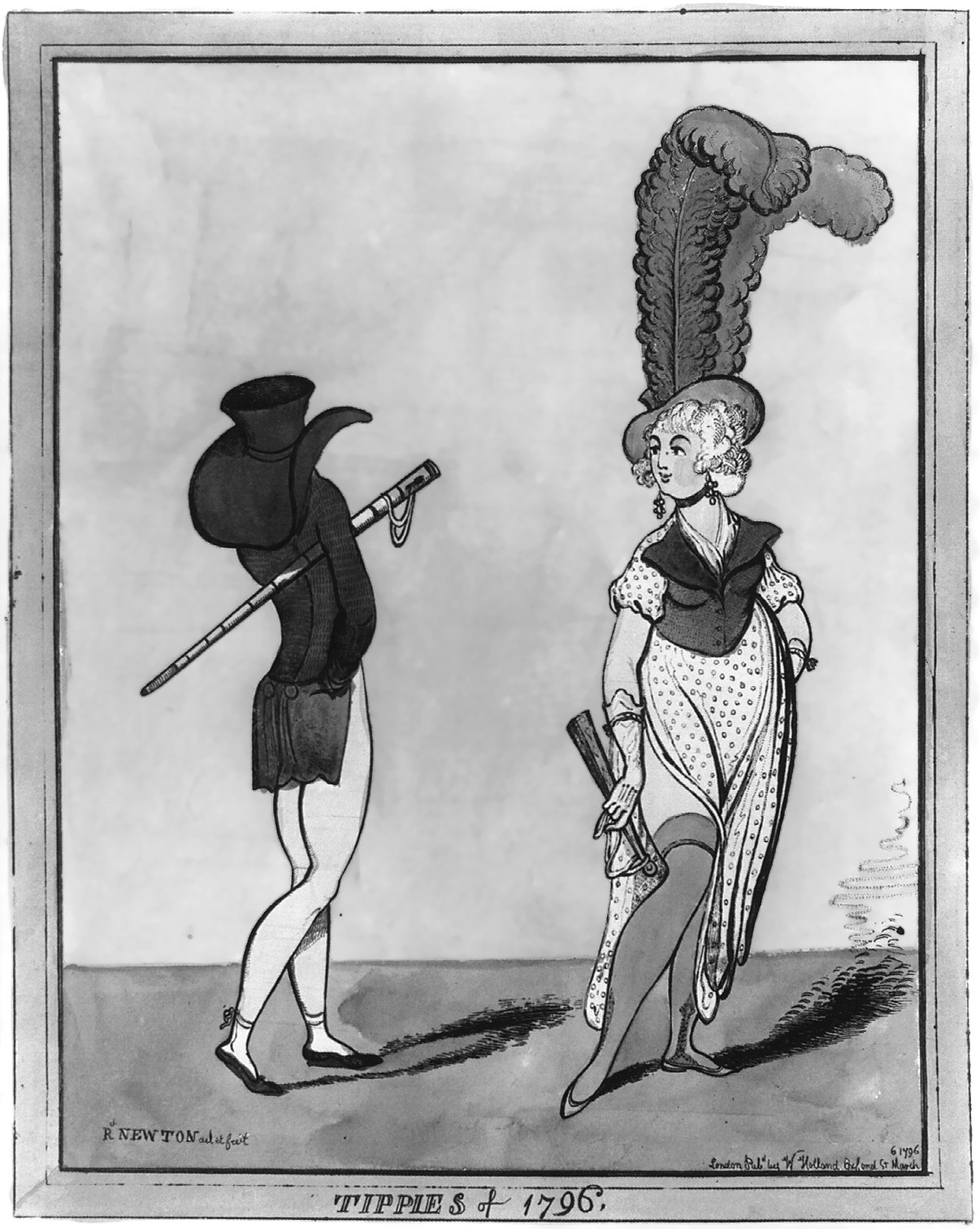|
Falsity
Deception or falsehood is an act or statement that misleads, hides the truth, or promotes a belief, concept, or idea that is not true. It is often done for personal gain or advantage. Deception can involve dissimulation, propaganda and sleight of hand as well as distraction, camouflage or concealment. There is also self-deception, as in bad faith. It can also be called, with varying subjective implications, beguilement, deceit, bluff, mystification, ruse, or subterfuge. Deception is a major relational transgression that often leads to feelings of betrayal and distrust between relational partners. Deception violates relational rules and is considered to be a negative violation of expectations. Most people expect friends, relational partners, and even strangers to be truthful most of the time. If people expected most conversations to be untruthful, talking and communicating with others would require distraction and misdirection to acquire reliable information. A significant amou ... [...More Info...] [...Related Items...] OR: [Wikipedia] [Google] [Baidu] |
Truth
Truth is the property of being in accord with fact or reality.Merriam-Webster's Online Dictionarytruth 2005 In everyday language, truth is typically ascribed to things that aim to represent reality or otherwise correspond to it, such as beliefs, propositions, and declarative sentences. Truth is usually held to be the opposite of falsehood. The concept of truth is discussed and debated in various contexts, including philosophy, art, theology, and science. Most human activities depend upon the concept, where its nature as a concept is assumed rather than being a subject of discussion; these include most of the sciences, law, journalism, and everyday life. Some philosophers view the concept of truth as basic, and unable to be explained in any terms that are more easily understood than the concept of truth itself. Most commonly, truth is viewed as the correspondence of language or thought to a mind-independent world. This is called the correspondence theory of truth. Vario ... [...More Info...] [...Related Items...] OR: [Wikipedia] [Google] [Baidu] |
Lying By Omission
A lie is an assertion that is believed to be false, typically used with the purpose of deceiving or misleading someone. The practice of communicating lies is called lying. A person who communicates a lie may be termed a liar. Lies can be interpreted as deliberately false statements or misleading statements. Lies may also serve a variety of instrumental, interpersonal, or psychological functions for the individuals who use them. Generally, the term "lie" carries a negative connotation, and depending on the context a person who communicates a lie may be subject to social, legal, religious, or criminal sanctions; for instance, perjury, or the act of lying under oath, can result in criminal and civil charges being pressed against the perjurer. Although people in many cultures believe that deception can be detected by observing nonverbal behaviors (e.g. not making eye contact, fidgeting, stuttering) research indicates that people overestimate both the significance of such cues and ... [...More Info...] [...Related Items...] OR: [Wikipedia] [Google] [Baidu] |
Fraud
In law, fraud is intentional deception to secure unfair or unlawful gain, or to deprive a victim of a legal right. Fraud can violate civil law (e.g., a fraud victim may sue the fraud perpetrator to avoid the fraud or recover monetary compensation) or criminal law (e.g., a fraud perpetrator may be prosecuted and imprisoned by governmental authorities), or it may cause no loss of money, property, or legal right but still be an element of another civil or criminal wrong. The purpose of fraud may be monetary gain or other benefits, for example by obtaining a passport, travel document, or driver's license, or mortgage fraud, where the perpetrator may attempt to qualify for a mortgage by way of false statements. Internal fraud, also known as "insider fraud", is fraud committed or attempted by someone within an organisation such as an employee. A hoax is a distinct concept that involves deliberate deception without the intention of gain or of materially damaging or depriving a vi ... [...More Info...] [...Related Items...] OR: [Wikipedia] [Google] [Baidu] |
Decoy
A decoy (derived from the Dutch ''de'' ''kooi'', literally "the cage" or possibly ''ende kooi'', " duck cage") is usually a person, device, or event which resembles what an individual or a group might be looking for, but it is only meant to lure them. Decoys have been used for centuries most notably in game hunting, but also in wartime and in the committing or resolving of crimes. Hunting In hunting wildfowl, the term decoy may refer to two distinct devices. One, the duck decoy (structure), is a long cone-shaped wickerwork tunnel installed on a small pond to catch wild ducks. After the ducks settled on the pond, a small, trained dog would herd the birds into the tunnel. The catch was formerly sent to market for food, but now these are used only by ornithologists to catch ducks to be ringed and released. The word ''decoy'', also originally found in English as "coy", derives from the Dutch ''de Kooi'' (the cage) and dates back to the early 17th century, when this type of d ... [...More Info...] [...Related Items...] OR: [Wikipedia] [Google] [Baidu] |
Sound
In physics, sound is a vibration that propagates as an acoustic wave, through a transmission medium such as a gas, liquid or solid. In human physiology and psychology, sound is the ''reception'' of such waves and their ''perception'' by the brain. Only acoustic waves that have frequencies lying between about 20 Hz and 20 kHz, the audio frequency range, elicit an auditory percept in humans. In air at atmospheric pressure, these represent sound waves with wavelengths of to . Sound waves above 20 kHz are known as ultrasound and are not audible to humans. Sound waves below 20 Hz are known as infrasound. Different animal species have varying hearing ranges. Acoustics Acoustics is the interdisciplinary science that deals with the study of mechanical waves in gasses, liquids, and solids including vibration, sound, ultrasound, and infrasound. A scientist who works in the field of acoustics is an ''acoustician'', while someone working in the field of ... [...More Info...] [...Related Items...] OR: [Wikipedia] [Google] [Baidu] |
Visual
The visual system comprises the sensory organ (the eye) and parts of the central nervous system (the retina containing photoreceptor cells, the optic nerve, the optic tract and the visual cortex) which gives organisms the sense of sight (the ability to detect and process visible light) as well as enabling the formation of several non-image photo response functions. It detects and interprets information from the optical spectrum perceptible to that species to "build a representation" of the surrounding environment. The visual system carries out a number of complex tasks, including the reception of light and the formation of monocular neural representations, colour vision, the neural mechanisms underlying stereopsis and assessment of distances to and between objects, the identification of a particular object of interest, motion perception, the analysis and integration of visual information, pattern recognition, accurate motor coordination under visual guidance, and more. T ... [...More Info...] [...Related Items...] OR: [Wikipedia] [Google] [Baidu] |
Mimicry
In evolutionary biology, mimicry is an evolved resemblance between an organism and another object, often an organism of another species. Mimicry may evolve between different species, or between individuals of the same species. Often, mimicry functions to protect a species from predators, making it an anti-predator adaptation. Mimicry evolves if a receiver (such as a predator) perceives the similarity between a mimic (the organism that has a resemblance) and a model (the organism it resembles) and as a result changes its behaviour in a way that provides a selective advantage to the mimic. The resemblances that evolve in mimicry can be visual, acoustic, chemical, tactile, or electric, or combinations of these sensory modalities. Mimicry may be to the advantage of both organisms that share a resemblance, in which case it is a form of mutualism; or mimicry can be to the detriment of one, making it parasitic or competitive. The evolutionary convergence between groups is driven by ... [...More Info...] [...Related Items...] OR: [Wikipedia] [Google] [Baidu] |
Minimisation (psychology)
Minimisation or minimization is a type of deceptionGuerrero, L., Anderson, P., Afifi, W. (2007). ''Close Encounters: Communication in Relationships'' (2nd ed.). Los Angeles: Sage Publications. {{ISBN? involving denial coupled with rationalisation/rationalization in situations where complete denial is implausible. It is the opposite of exaggeration. Minimisation, or downplaying the significance of an event or emotion, is a common strategy in dealing with feelings of guilt. Words associated with minimisation include: {{Columns-list, colwidth=30em, * belittling * discounting * downplaying * euphemism * invalidation * making light of * meiosis * minification * minimise * trivialising * underplaying * understating Manipulative abuse {{See also, Gaslighting Minimisation may take the form of a manipulative technique: * observed in abusers and manipulators to downplay their misdemeanors when confronted with irrefutable facts.Simon, George K. ''In Sheep's Clothing: Understanding and ... [...More Info...] [...Related Items...] OR: [Wikipedia] [Google] [Baidu] |
Exaggerations
Exaggeration is the representation of something as more extreme or dramatic than it really is. Exaggeration may occur intentionally or unintentionally. Exaggeration can be a rhetorical device or figure of speech. It may be used to evoke strong feelings or to create a strong impression. Amplifying achievements, obstacles and problems to seek attention is an everyday occurrence Inflating the difficulty of achieving a goal after attaining it, can be used to bolster self-esteem. In the arts, exaggerations are used to create emphasis or effect. As a literary device, exaggerations is often used in poetry, and is frequently encountered in casual speech. Many times the usages of hyperbole describes something as better or worse than it really is. An example of hyperbole is: "The bag weighed a ton." Hyperbole makes the point that the bag was very heavy, though it probably does not weigh a ton. Exaggerating is also a type of deception,Guerrero, L., Anderson, P., Afifi, W. (2007). C ... [...More Info...] [...Related Items...] OR: [Wikipedia] [Google] [Baidu] |
Equivocation
In logic, equivocation ("calling two different things by the same name") is an informal fallacy resulting from the use of a particular word/expression in multiple senses within an argument. It is a type of ambiguity that stems from a phrase having two or more distinct meanings, not from the grammar or structure of the sentence. Fallacy of four terms Equivocation in a syllogism (a chain of reasoning) produces a fallacy of four terms (). Below are some examples: : Since only man umanis rational. : And no woman is a man ale : Therefore, no woman is rational. The first instance of "man" implies the entire human species, while the second implies just those who are male. : A feather is light ot heavy : What is light rightcannot be dark. : Therefore, a feather cannot be dark. In the above example, distinct meanings of the word "light" are implied in contexts of the first and second statements. : All jackasses ale donkeyhave long ears. : Carl is a jackass nnoying person : There ... [...More Info...] [...Related Items...] OR: [Wikipedia] [Google] [Baidu] |
Interpersonal Deception Theory
Interpersonal deception theory (IDT) is one of a number of theories that attempts to explain how individuals handle actual (or perceived) deception at the conscious or subconscious level while engaged in face-to-face communication. The theory was put forth by David Buller and Judee Burgoon in 1996 to explore this idea that deception is an engaging process between receiver and deceiver. IDT assumes that communication is not static; it is influenced by personal goals and the meaning of the interaction as it unfolds. The sender's overt (and covert) communications are affected by the overt and covert communications of the receiver, and vice versa. IDT explores the interrelation between the sender's communicative meaning and the receiver's thoughts and behavior in deceptive exchanges. Intentional deception requires greater cognitive exertion than truthful communication, regardless of whether the sender attempts falsification ( lying), concealment (omitting material facts) or equiv ... [...More Info...] [...Related Items...] OR: [Wikipedia] [Google] [Baidu] |
Intention
Intentions are mental states in which the agent commits themselves to a course of action. Having the plan to visit the zoo tomorrow is an example of an intention. The action plan is the ''content'' of the intention while the commitment is the ''attitude'' towards this content. Other mental states can have action plans as their content, as when one admires a plan, but differ from intentions since they do not involve a practical commitment to realizing this plan. Successful intentions bring about the intended course of action while unsuccessful intentions fail to do so. Intentions, like many other mental states, have intentionality: they represent possible states of affairs. Theories of intention try to capture the characteristic features of intentions. The ''belief-desire theory'' is the traditionally dominant approach. According to a simple version of it, having an intention is nothing but having a desire to perform a certain action and a belief that one will perform this action ... [...More Info...] [...Related Items...] OR: [Wikipedia] [Google] [Baidu] |








.png)